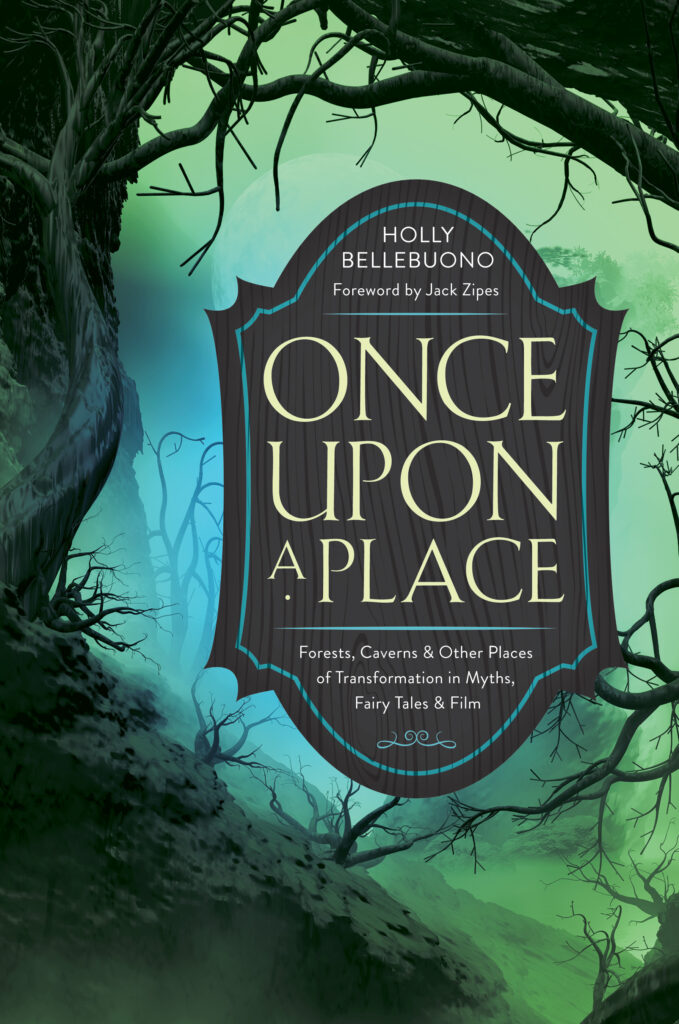Once Upon a Place

TITLE: Once Upon a Place
AUTHOR: Holly Bellebuono
PUBLISHER: Llewellyn Publications
ISBN: 978-0-7387-7937-9
REVIEWER: Tracy Nicholas
Once Upon a Place is an exploration of quest tales with an emphasis on the symbolism, psychology and beliefs around various locations a hero might have to journey to in order to accomplish a task or retrieve an item to successfully complete their mission.
The book is divided into two main sections that correspond to two concepts central to quest stories: the abyss and the World Journey. The first section looks at the core concepts of what the author calls the World Journey. This is a phrase that is a nod to Joseph Campbell’s Hero’s Journey. Whereas Campbell focused on the story of the main character, Bellebuono broadens the concept to include the where of the character’s journey and how specific locations can be used to give additional meaning to quest stories beyond overcoming adversity. The author does this through examining three dual concepts that compliment each other in stories of adventure: descent and resurrection, chaos and void and the beast and the guide. The book examines these opposing concepts to show why both are necessary in each case and what insights each can give to the character’s journey of learning and growth.
The abyss section focuses on the dark places we go when we are on a journey of finding answers and the trials and obstacles that must be faced while on such an adventure. It explores five different conceptual places that qualify as that sinister location fraught with danger, beasts or some other challenge that must be faced. These are the cavern, the deep, the vessel, the forest and the labyrinth. Bellebuono picks out the symbolic and practical characteristics of each of these places and discusses their various application in fiction and folklore. She then gives specific places that fall into these categories, such as the Underworld for the cavern and springs and wells for the vessel.
As each concept is dissected throughout the book, the author looks at various stories, both ancient and modern, as examples of each theory. She first does an analysis of a story and how it supports her point and then she includes a retelling of the story from source materials. It is an effective format to show how these insights link to well-known stories while giving the folklore enthusiast the tales themselves to enjoy.
At the end of the book is a section to be used as a book club resource guide with a series of questions to allow readers to tie these stories and the symbolism behind the locations back to their own lives. This is a great resource for both fiction writers looking to use place in a more meaningful way in their work and folklore readers wishing to have a more robust understanding in their reading experience. Though this book is a departure from the author’s typical writing about herbalism, it is a smart, interesting, insightful and accessible look into the idea that place matters as much as plot in folklore and myth.
You can find the book through the publisher at: https://www.llewellyn.com/index.php

